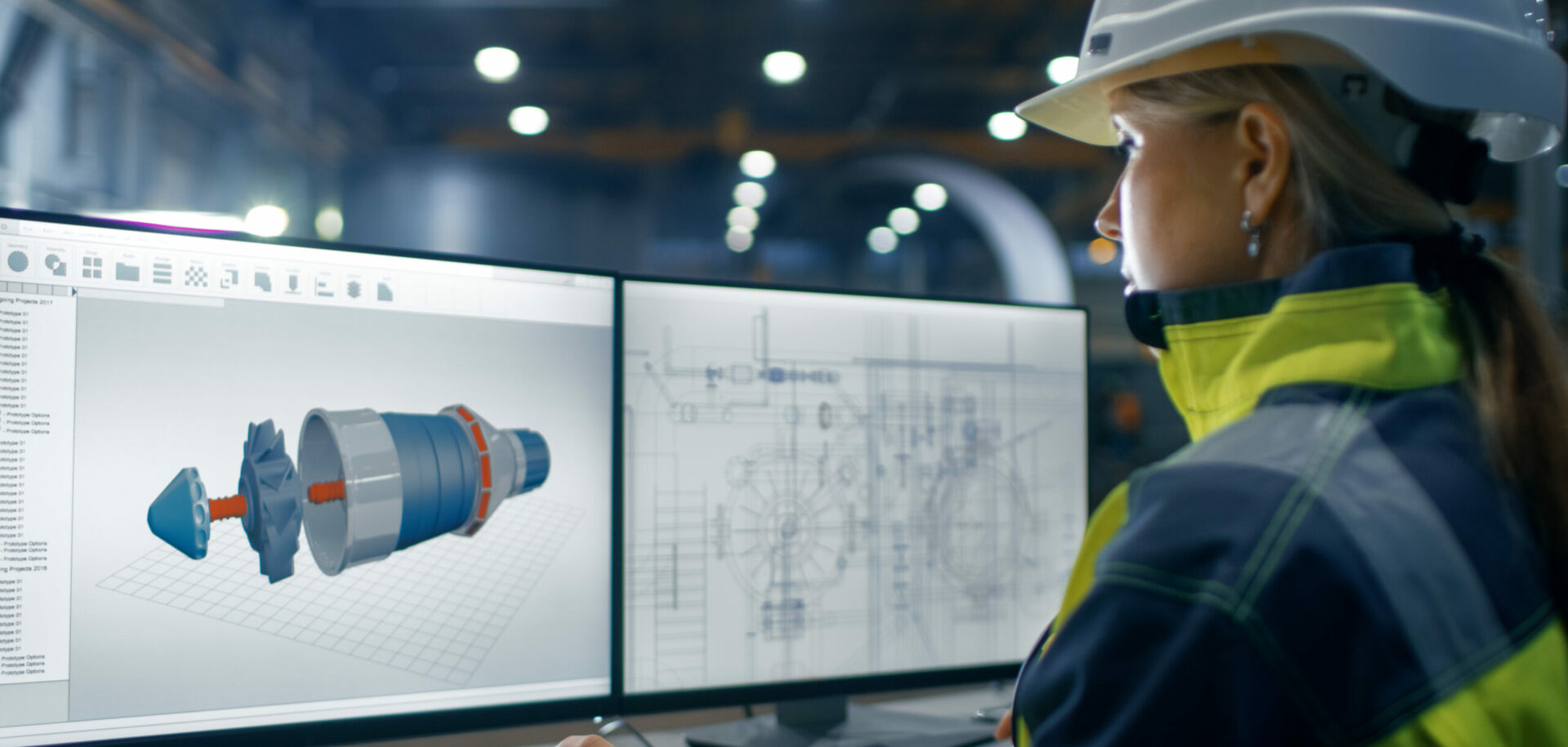Brief Overview: This course aims to equip participants with the essential knowledge and skills needed to detect and analyze faults in industrial equipment such as generators, engines, and pumps. The focus will be on effective diagnostic techniques and preventive maintenance strategies.
Course Objectives:
- Understand the fundamentals of industrial equipment operation and common types of faults.
- Learn fault detection techniques using advanced diagnostic tools.
- Acquire skills in effective fault analysis and root cause identification.
- Apply preventive maintenance strategies to reduce future failures.
Training Content:
- Introduction to types of industrial equipment and their principles of operation.
- Fault detection techniques: visual inspection, tactile inspection, and electronic tool usage.
- Fault analysis: basic steps and advanced techniques.
- Real-world case studies and practical applications.
- Preventive maintenance strategies and their importance in enhancing equipment performance.
Target Audience: This course is aimed at mechanical engineers, maintenance technicians, industrial maintenance supervisors, and anyone working in the field of industrial maintenance and operation.






